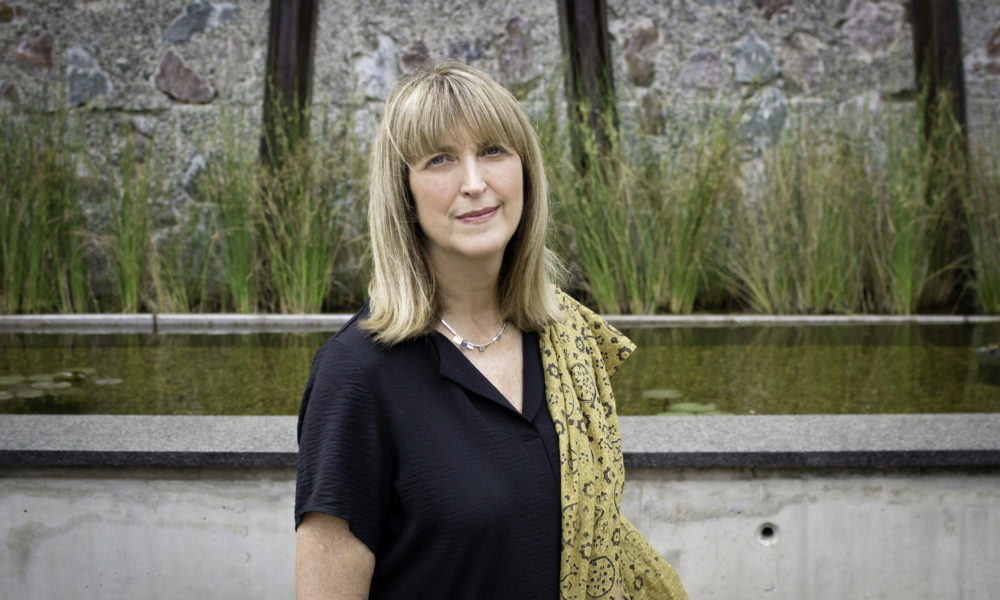OpEds
Why commemorate the Holocaust in 2023?

On 18 January 1945, the Nazis took tens of thousands of prisoners on a notorious death march towards Germany. Less than 8 000 remained behind in Auschwitz, and were liberated on 27 January 1945 by the Soviet army. This year, we commemorate the 78th anniversary of the liberation of Auschwitz.
In 2005, the United Nations declared this day the International Day of Remembrance for the Victims of the Holocaust. Why was it chosen?
Auschwitz wasn’t just one single camp but a vast complex of forced labour and murder. It comprised more than 40 sub-camps and three main camps: Auschwitz I, a concentration camp; Auschwitz II – Birkenau, a concentration and killing centre; and Auschwitz III – Buna-Monowitz, a forced labour camp. By the spring of 1943, the Nazis had built four gas chambers with crematoria in Auschwitz-Birkenau. When trains arrived, SS doctors selected a small number – perhaps 15% – of deportees for forced labour. They were clothed in prisoner uniform, their hair was shaved, and only in that camp, prisoner numbers were tattooed on their arms. All the other deportees – mostly women, children, and the elderly – were ordered to undress and surrender their personal belongings. They were then driven into the gas chambers, where the Nazis murdered them with Zyklon B poison gas. The Sonderkommando, Jewish prisoners who were forced to work in the gas chambers and crematoria, removed the bodies, extracted gold teeth, and shaved the women’s hair before burning the corpses. At Auschwitz, the Nazis murdered about one million Jews, 75 000 Polish prisoners, 21 000 Sinti and Roma, 15 000 Soviet prisoners of war, and 10 000 prisoners of other nationalities.
After the war, Auschwitz became the symbol of the Holocaust. However, we must remember that the Nazis and their collaborators murdered Jews in five other killing centres: Chelmno, Belzec, Sobibor, Treblinka, and Majdanek as well as hundreds of other killing sites such as Babi Yar near Kyiv in today’s Ukraine, and Ponar, near Vilnius, Lithuania. Jews were murdered everywhere, in ghettos, camps, shot by the Einsatzgruppen (mobile killing units) or gassed in gas vans or killing centres in occupied Poland. Our challenge today is to remember them all. On this day, I remember my father’s mother, my grandmother, Leah Turner, and his two young sisters, Hela and Cela who were murdered in August 1942 in Belzec.
Why should we remember the Holocaust in Africa? World War II was a global war that included the African continent. The Nazis occupied much of North Africa, and targeted more than 400 000 Jews living there, implementing anti-Jewish policies and setting up internment and slave labour camps. Their plan was to murder the Jews there using the Einsatzgruppen attached to Rommel’s Afrika Korps. The plan was never implemented as the Allies began liberating North Africa in November 1942.
However, internment and forced labour camps were established in North and West Africa under Nazi Germany, Vichy France’s government, and Mussolini’s Italy. In Libya for example, 2 600 Jews were deported to the Giado camp, 240km south of Tripoli, and many died there. Several camps were also established for Jews and other perceived local dissidents in Senegal, Mali, and Guinea.
Africa also became a place of detention for Jewish refugees. In December 1940, 1 581 Jewish refugees who had tried to escape Nazi-occupied Europe to safety in British Mandated Palestine, were deported to the British colony of Mauritius. Between December 1940 and August 1945, the British authorities detained them in the Beau Bassin prison camp. A total of 126 Jewish refugees died there, mainly from typhoid and malaria. They were buried in the St Martin Jewish Cemetery near Port Louis.
South Africa joined the Allies on 4 September 1939 and fought in North Africa, Ethiopia, Madagascar, and Italy, suffering 11 023 fatalities. The South African Air Force’s 60 Squadron, one of the leading aerial photographic units operating in Europe during the war, flew 17 sorties to photograph the rubber refinery situated next to Auschwitz-Birkenau. However, only in 1978, it become clear that the photographs included lines of Jewish deportees walking towards the crematoria and their death. The excellent world-acclaimed exhibition, Seeing Auschwitz, at the Johannesburg Holocaust & Genocide Centre until the end of March, tells these and many impactful stories about the victims of Auschwitz and its perpetrators.
Many other countries in Africa sent soldiers to fight alongside the Allies, and were part of the victory over Nazi Germany. Some African countries also became a place of safety for refugees, such as Kenya, Uganda, and South Africa, and survivors settled around the continent, including in South Africa, after the war.
So, why do we remember? The commemoration is a day for reflection, remembering the victims of the Holocaust – men, women, and children who were targeted not because of something they had done but just for being born Jewish. It’s also a day to honour and cherish the Holocaust survivors who courageously continue to share their painful testimonies, hoping that the world will learn from their experiences and that such acts won’t be repeated. We should all stand together with them to remember and learn from their traumatic past.

All are invited for the commemoration at the Johannesburg Holocaust & Genocide Centre on Thursday, 26 January, at 19:00.
- Tali Nates is the founder and director of the Johannesburg Holocaust & Genocide Centre.
yitzchak
January 30, 2023 at 12:48 pm
I would like to thank the South African Government for participation in the Holocaust Day Commemoration and also for their condolences after the Shabbat Shul massacres in Jerusalemn They were deeply appreciated.